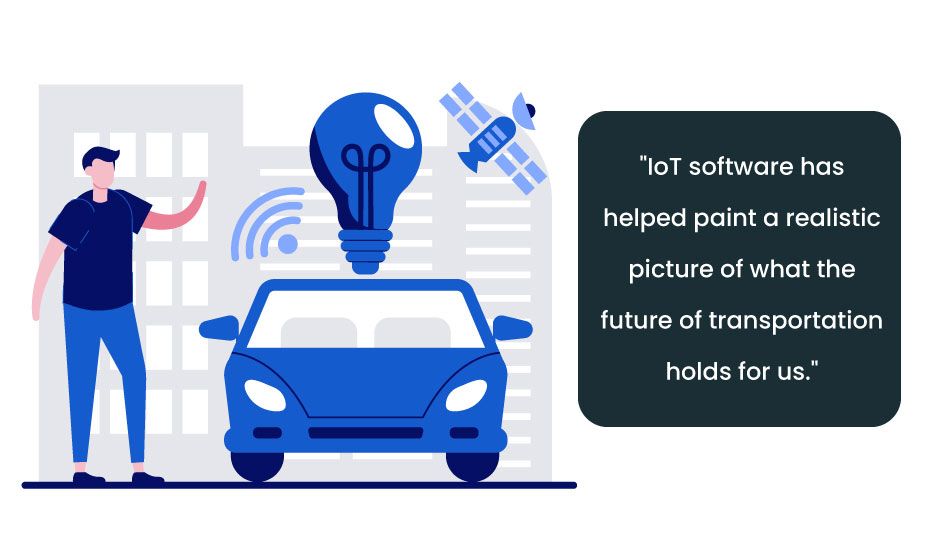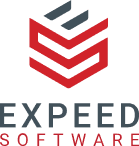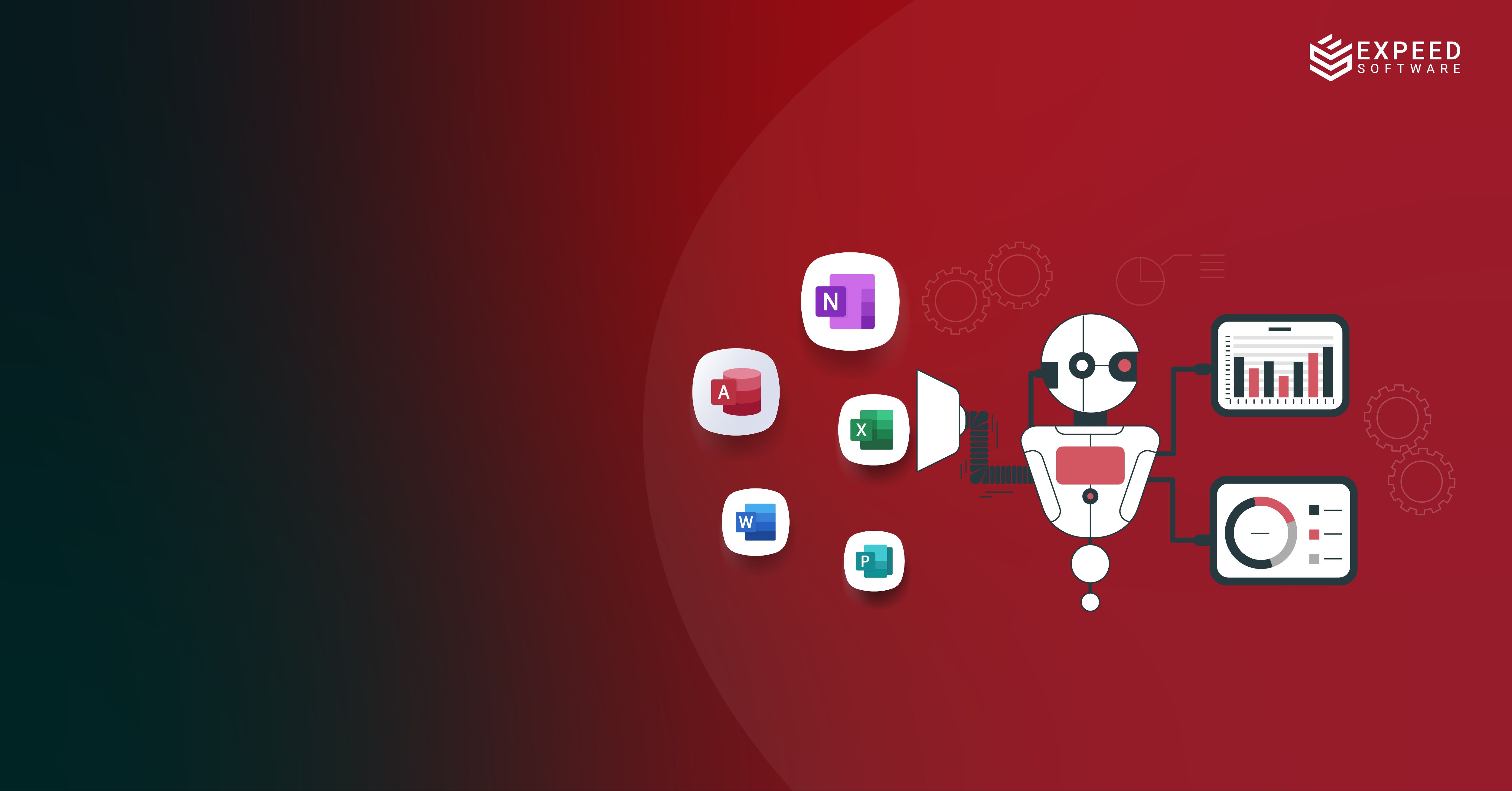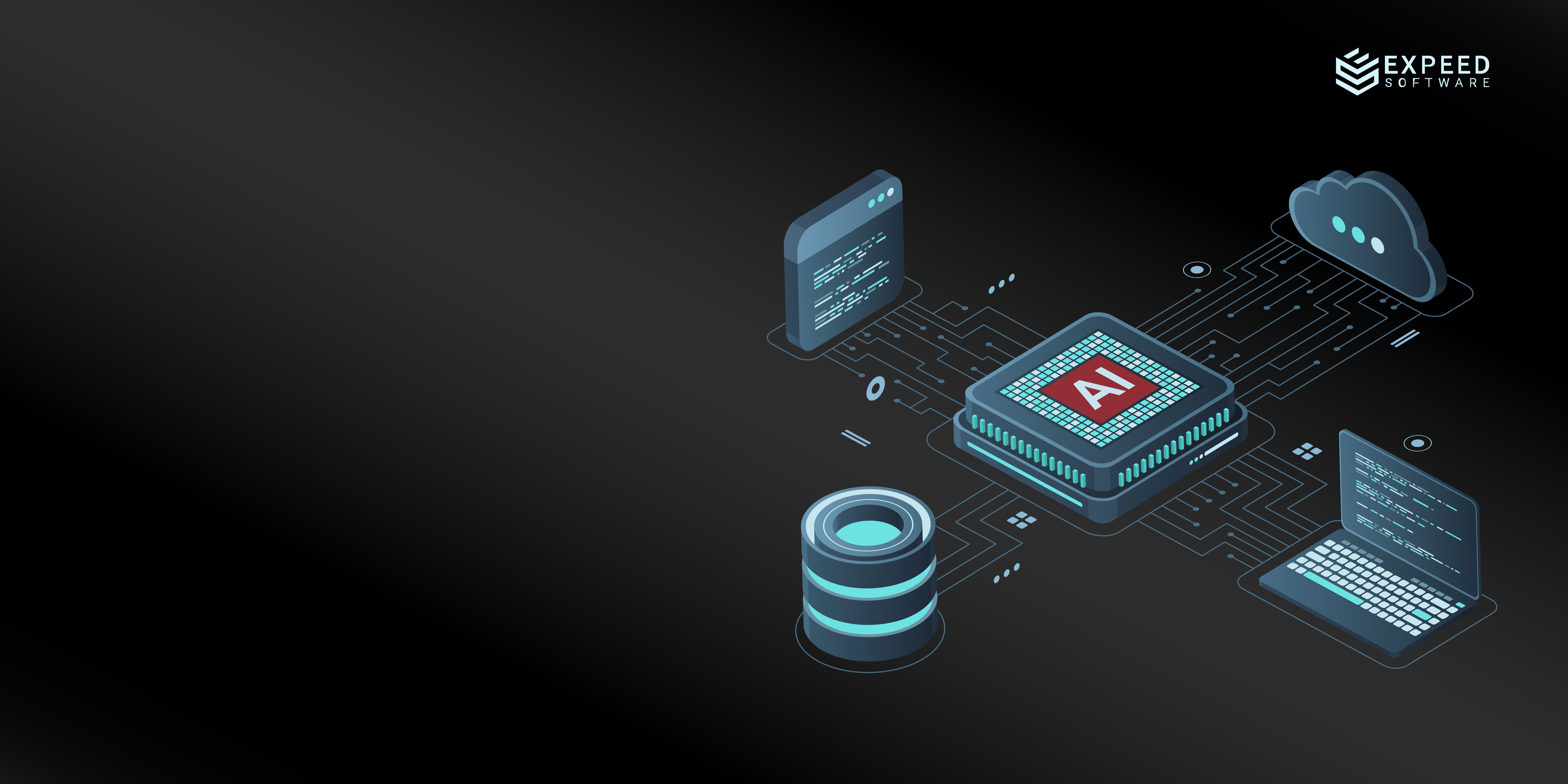At daybreak, you are woken up by your alarm and your coffee pot begins its morning ritual as soon as you get out of bed. An unseen device responds to your voice, reads out your messages, and reminds you about the meetings scheduled for the day as you get ready for work. And on your way to the office, your car automatically navigates through the traffic, driving you through less traffic-congested areas, so that you can reach your morning stand-up on time. This is not a scene from a sci-fi movie. This is reality at its bleeding edge of technology. Welcome to the world driven by IoT devices.
What is IoT?
A growing ecosystem of devices that are internet enabled, allowing them to communicate with each other is called the Internet of things (IoT). Although the first IoT device was invented in the early 1980s at the Carnegie Melon University, it wasn’t until John Romkey connected a toaster to the internet for the first time in 1999 that the term opened doors to opportunities and discoveries in the field. Today, we are officially in the Era of IoT where Internet-enabled devices have made their way to every aspect of human lives.
Industries and businesses across the world are adapting and transitioning to smarter and more efficient processes with the help of IoT software and devices. As software development companies continue to explore new avenues for IoT applications, let’s take a look at some of the major industries and use cases for IoT today.

IoT in Healthcare (HIoT)
The lack of access to medical resources, the rising elderly population with chronic diseases and their needs for remote monitoring, spiking medical bills, and a growing need for telemedicine in developing countries, have made the IoT a popular solution in healthcare systems. IoT software has the potential to decrease the strain on healthcare systems besides providing personalized healthcare domains that are focused on improving the quality of life.
HIoT relies heavily on wireless body area networks (WBANs), Wireless Sensor Networks (WSNs), and Radio Frequency Identification (RFID) to move all collected data into the cloud for further analysis and interpretation, thereby converting it into meaningful insights which can be used for decision making.
Commercial Healthcare IoT devices are becoming increasingly popular these days. For example, the cost-effective and wearable Galvanic Skin Response (GSR) systems have become very popular and are used to detect an individual’s physiological triggers and responses by amplifying, acquiring, and processing GSR data in smart e-healthcare applications. This information is relayed to the users’ smartphones so that they can constantly monitor their physical health statuses.
This data from health monitoring applications are also used by health insurance companies to validate claims and make payouts. Apart from monitoring health, IoT devices with connected sensors are very helpful when it comes to tracking down the real-time location of hospital equipment and medical personnel.
IoT in Manufacturing
Big data is a significant focus for the manufacturing industry today and holds the key to making their processes more cost-effective and precise. Businesses are trying to extract insights from large amounts of manufacturing data to support evidence-based and timely decisions that will likely play a pivotal role in determining competitiveness, productivity, and growth in the manufacturing industry.
Here IoT devices have been a game changer in the last decade. Production equipment with embedded sensors now allows remote monitoring of production plants. These embedded sensors can send various metrics such as pressure, and temperature to the remote monitoring system. Combined with sophisticated decision-making algorithms these remote monitoring systems are used to decide if the equipment is in need of repair or preventive maintenance. IoT can help predict timely maintenance requirements and avoid unscheduled downtimes.
IoT in Transportation
The transportation industry is one that is planning to go big with the help of IoT technologies. Innovations in the areas of mobility, automation, and communication technology have triggered improved data collection processes. The ability to collect data from moving vehicles has led to the development of applications that can predict the time of arrival at destinations, notify when a vehicle gets into an accident, and send alerts if the vehicle is moving out of its defined geo-fence. These have led to notable improvements in customer experience, passenger safety, navigation and traffic maneuvering, fuel optimization, and operational performance.
More and more governments are switching to improved mass transit systems that use a network of sensors, digital cameras, and communication systems to increase system capacity and passenger safety. IoT software has helped paint a realistic picture of what the future of transportation holds for us. For instance, the assisted driving technology and the whole array of features that come with it would never have been possible without IoT. With inter-vehicle connectivity, the possibilities of assisted driving are expanded further, to a point where driverless vehicles are no longer a concept of fiction.
IoT in Home Automation
We are living in the age of Internet homes. Electric appliances that can be controlled remotely or through sensors, heating and lighting systems managed by voice commands or motion sensors, entertainment units that are smarter and more intuitive of user choices and preferences – our homes have become one large Internet ecosystem. IoT technologies along with AI technologies have launched us so far into the future that today we have smart refrigerators reminding us to get milk and eggs while out grocery shopping.
Home automation systems consist of several smart devices which are integrated over a common network established by a gateway. It gives users the flexibility to operate devices based on data triggered by other devices. Some of these work via apps, others with a voice assistant like Alexa, or Siri, and others through the main automation hub itself.
IoT in Energy Sector
The influence of IoT in the energy sector is tremendous. The major contribution has been in the area of monitoring and controlling power consumption, helping the industry cut back on waste and leaks. Low-power consumption techniques like Power-Saving Mode (PSM), integrating Extended Discontinuous Reception (eDRX), and wake-up signals have become commonplace today. The mobile phone industry has leveraged these technologies to offer power-saving solutions for their devices, like turning off the mobile data when not required to save the device’s battery for extended usage.
On a much larger or industrial scale, smart energy meters have played a major role in promoting efficient energy consumption. Unlike traditional meters, these meters interact remotely with the utility and record and send information every 15 minutes. This way, the user gets notified immediately in the event of a power surge or outage.
Exploring IoT with Expeed Software
Building IoT systems, as useful and cutting edge as it may seem, is not without its challenges. Some of the common challenges that software development companies face when building IoT applications are onboarding data collection devices to your IoT platform, setting up analytics on streams of data, proper storage of data that supports accessibility while ensuring maximum security, and making all relevant data available for other applications in an intuitive manner. Most organizations struggle with these steps in their journey toward building useful IoT applications. We at Expeed have utilized our years of experience in building applications, data collection processes and analytics and built an IoT platform called Konnectware with easy device onboarding, security, streaming data collection and analytics as the central features. We can help translate your IoT plans into reality.

Expeed Software is a global software company specializing in application development, data analytics, digital transformation services, and user experience solutions. As an organization, we have worked with some of the largest companies in the world, helping them build custom software products, automate processes, drive digital transformation, and become more data-driven enterprises. Our focus is on delivering products and solutions that enhance efficiency, reduce costs, and offer scalability.


